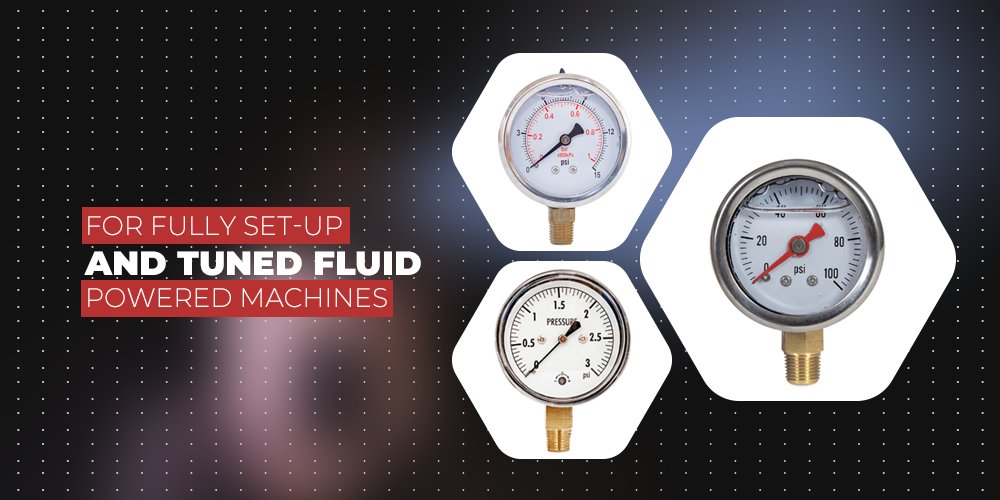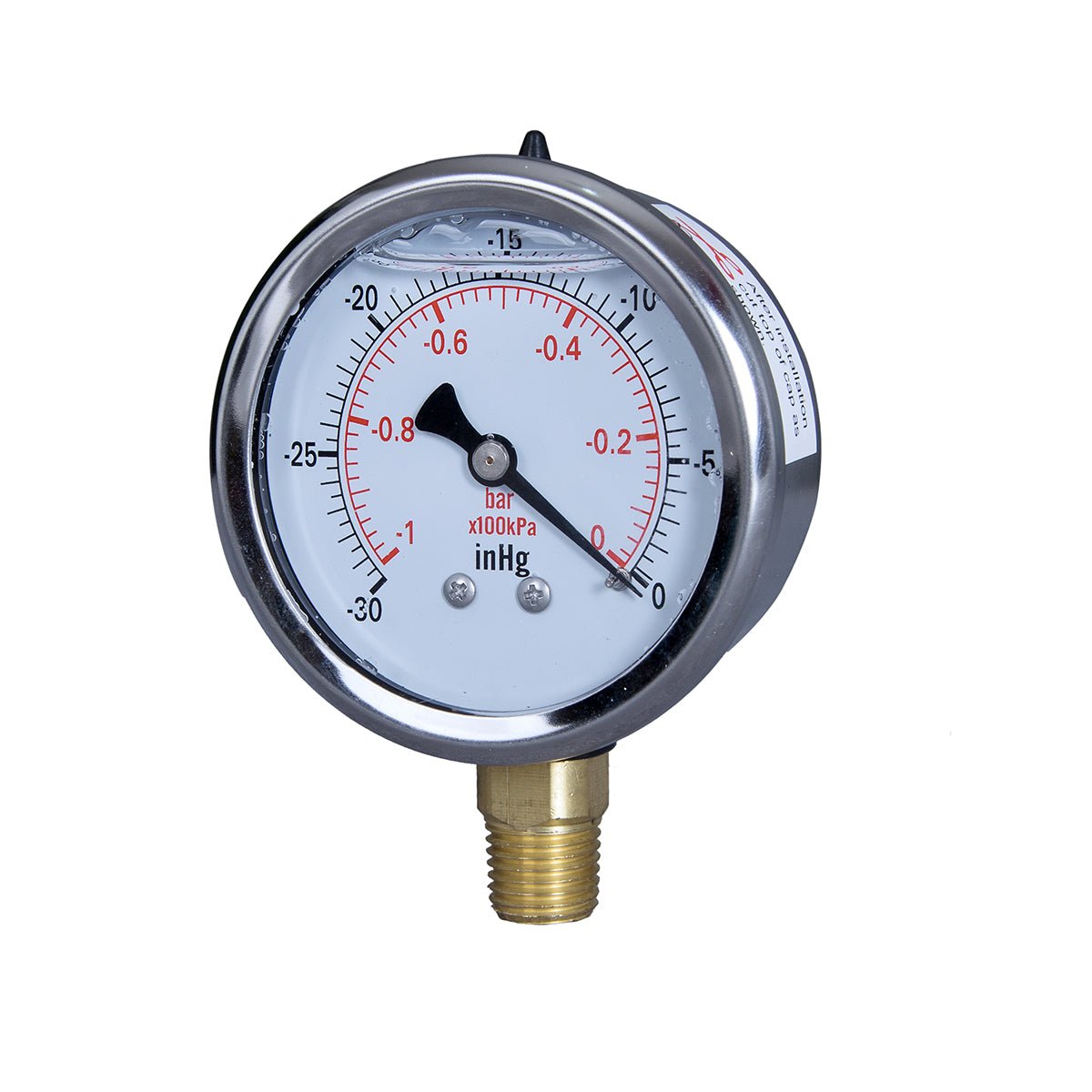
What is a pressure gauge? and How does it work?
Pressure gauges are performance measurement devices that are applied for the calibration of pressure in fluid media. There exists a sense of individuality because of the difference based on their unique design and application. In measuring pressure values of fluid in a system, pressure gauges not just ensure optimal performance but that too with safety and accuracy. As already mentioned, pressure gauges are applied for measuring the condition of the fluid by estimating the force that the same fluids would exert. The measurement parameters perfectly define whether you have any errors in your tanks or systems.
The gauge’s purpose
For safety reasons, pressure gauges monitor fluids, gases, and steam for leaks or a build-up of pressure in a system. A certain measure for a quality check to ensure the consistency of the product, pressure gauges are a versatile solution to be applied in a variety of things. From power to refineries and food, refrigeration, air-conditioning, and sanitation industries, gauge pressure measuring devices are the most widely used instruments for industrial purposes and irrigation systems. Additionally, they also could be used on water treatment equipment.
Different types of pressure gauges
Pressure gauges widely used for measuring gas pressure, water pressure, liquid pressure, hydraulic pressure, etc., come in many different forms. Still, the most common types of pressure gauges used are mentioned below:
1) Liquid-filled pressure gauges

For activities involving great dynamic shock and vibration loading, liquid-filled pressure gauges are the best bet in the application. Taking the load off the mechanical components of the pressure gauge, the liquid-filled dampens the vibrations occurring. The pressure gauges perform adequately in less-than-ideal conditions.
2) Low capsule pressure gauge

Cost-effective gauges that measure pressure precisely employ a welded capsule housing two thin diaphragms. One diaphragm measures the pressure signal, and the other is used as a reference point. Stability, simplicity, and small size are the main advantages of the pressure-sensing capsule bringing greater accuracy and pressure while measuring through this very performance measurement instrument.
3) Liquid-filled fuel pressure gauge

Their casings are filled with fluid, usually, glycerine, although silicone or other liquids are sometimes used. Liquid-filled fuel pressure gauges find their availability in pressure ranges equal to or higher than their dry counterparts. The liquid-filled gauge is tougher and much more durable than the dry counterpart. The dry and liquid-filled fuel pressure gauges are under extended shock and vibration, herein, the oil in a liquid-filled gauge protects its precision internals from shock and vibration.
How do you calibrate a pressure gauge
Depending on the style of the gauge and the accuracy expected, calibrating a pressure gauge, though fairly complex, must be done regularly. It is very important that your meter, gauge, and calibrate efficiently to implement the system performance standards effectively. Industrial, residential or commercial, the use be any, calibration is a frequent requirement for the ultimate accuracy.
